1. Meticulous Lawn Striping
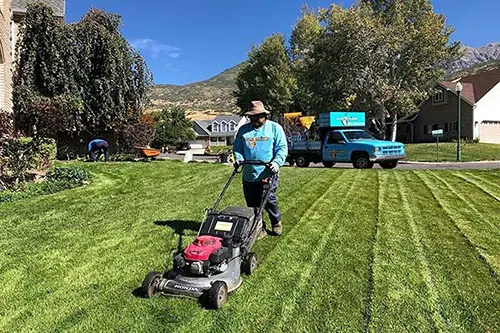
You’ve probably seen those perfect, pinstripe lawns on YouTube or TikTok and thought, “That looks amazing—but who has the time?” Lawn striping involves mowing in alternating directions and often using a roller attachment to bend the grass blades just right. It doesn’t help the health of your lawn, but it does make it look like the outfield at Fenway. The catch? It can take double the time of a regular mow, especially if you want those clean lines.
And let’s be honest, unless your days are wide open, dedicating an hour just to angle your stripes is a luxury. Retirees often enjoy it as a therapeutic, creative hobby—which is great! But if you’re still balancing work, kids, and errands, this is one trend that’s probably staying in the dream file. Save your mower choreography for another decade.
2. Weekly Soil Testing
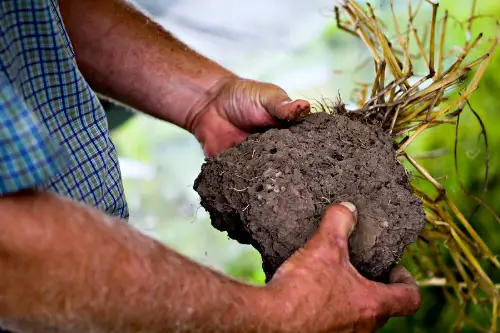
Some lawn lovers are now testing their soil every single week to monitor pH and nutrient levels. While this kind of dedication ensures your lawn gets exactly what it needs, it’s not really necessary for most people. Seasonal testing is sufficient for most yards unless you’re managing a golf course or scientific experiment. Weekly checks require buying test kits, tracking results, and adjusting fertilizers frequently.
For retirees who have the time and interest, this can feel like gardening meets chemistry class—in a fun way! But for most of us, it’s just a lot of extra steps that don’t pay off in visible results. Plus, lawn changes happen slowly, so weekly testing borders on overkill. Better to stick with a spring and fall check unless you’re retired and genuinely enjoying the process.
3. Hand-Pulling Every Weed

Hand-weeding your entire lawn might sound like a peaceful Saturday morning… until you realize it’s actually a full-body workout in slow motion. This trend is gaining popularity among purists who want to avoid chemicals entirely. But in reality, unless you’ve got a tiny patch of grass or an abundance of free time, you’ll be out there all day. And you’ll probably be right back out there again next week.
Retirees who enjoy being close to the earth and don’t mind a little dirt under their nails might find this deeply satisfying. But if you’ve got a full-time job and kids’ soccer games on the weekend, forget it. Spot-treating or mulching is just more practical for most people. The weeds will win if you don’t have hours to spare.
4. Growing a Lawn From Seed (Every Spring)

Starting a lawn from seed every year has become trendy with natural lawncare enthusiasts. It gives you complete control over what grass varieties take hold, and it’s often cheaper than sod. But it takes patience—seeding can’t be rushed, and germination times vary wildly. You’ll need to baby those sprouts with constant watering and fend off birds like a scarecrow.
This approach works great for retirees who have flexible schedules to water two or three times a day. For the rest of us, one missed day in May can mean patches of failure by June. Sod or overseeding might not be as “organic,” but they’re faster and more forgiving. Unless you’ve got time to monitor like a hawk, skip the full reseed.
5. Cultivating Native Grass Meadows

Turning part of your yard into a native grass meadow is environmentally awesome and increasingly popular. It reduces mowing, boosts pollinator habitats, and helps conserve water. But establishing one takes serious planning, careful species selection, and sometimes years before it looks like more than a weed patch. Plus, you’ll need to explain to your neighbors why your lawn looks like an abandoned lot for a while.
Retirees often enjoy this as a long-term project that evolves over seasons. They’re more likely to be patient with the slow transformation—and maybe even field those HOA complaints with grace. But if you want instant gratification or have a boss breathing down your neck on Zoom calls, this is not the trend for you. The payoff is beautiful, but only if you’ve got time to wait for it.
6. Compost Tea Applications
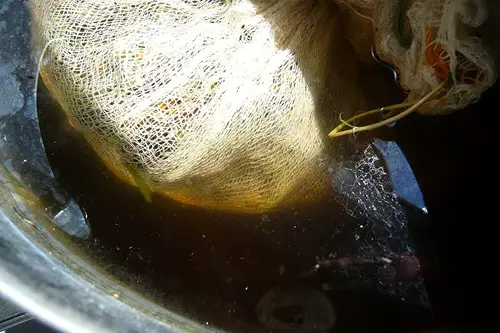
Some lawn care aficionados are now brewing their own compost tea to feed their grass naturally. It’s a blend of compost, water, and sometimes molasses, steeped like an earthy herbal infusion. Applied correctly, it can improve soil biology and plant health—but it’s not a guaranteed miracle cure. And brewing it wrong can introduce pathogens instead of nutrients.
It requires understanding microbial life, maintaining the right temperature, and applying it within a few hours. Retirees with a science streak may love this earthy experiment. But if your mornings are packed and you’re already skipping breakfast to make your train, you’re not making lawn smoothies before sunrise. A bag of slow-release organic fertilizer is just easier.
7. Watering by Hand Every Morning
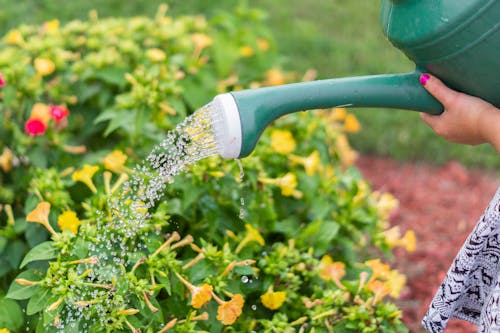
Hand-watering a lawn with a hose or wand every single morning is romantic in theory. It lets you connect with your plants and apply just the right amount to each zone. But grass generally needs deep, infrequent watering—not a light sprinkle every day. Plus, this method is wildly inefficient for larger spaces.
Retired folks may enjoy the ritual, especially during sunrise or sunset. But if your morning already includes emails, school drop-offs, and a rushed commute, this is an impossible luxury. Automatic sprinklers with a smart timer save your sanity and your weekend. Let the robots do this one unless you’ve got nowhere else to be.
8. Overseeding With Exotic Grass Varieties
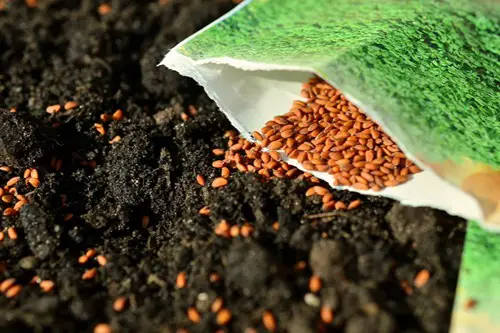
Some lawn trendsetters are experimenting with boutique grass types like zoysia, Bermuda hybrids, or fine fescues not native to their area. While these can create stunning lawns, they often need specialized care and may not thrive in local conditions. You’ll need to research soil compatibility, climate tolerance, and potentially redo your watering and mowing routines. This is a project with a steep learning curve.
Retirees might have the time to study and experiment with this like it’s a living science fair. But if you’ve only got Saturdays to get the yard in shape, this just adds complexity and potential failure. Stick with what grows well locally unless you want to become your own lawncare consultant. You’ll save money, time, and stress.
9. Collecting Grass Clippings for Compost
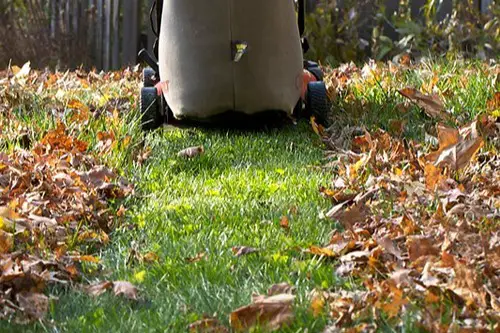
While mulching clippings back into the lawn is common, some lawn care lovers take it further by collecting them to use in their compost bins. It’s a great way to recycle nutrients and reduce organic waste, but it’s also a time-consuming, messy task. You’ll need to empty your mower bag constantly and balance the green-to-brown ratio in your compost. And that means you also need leaves, straw, or shredded paper ready to mix in.
Retirees often enjoy composting as a meditative, eco-friendly routine. But if your Saturdays are already packed, this extra step just creates more chores. Mulching the clippings back into the lawn is easier and still environmentally sound. Save the elaborate compost setup for when you can enjoy it.
10. Weekly Lawn Journaling
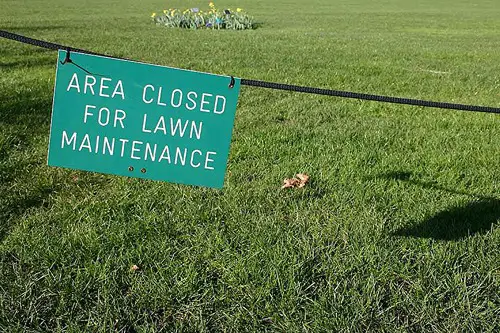
Yes, lawn journaling is a real thing—tracking mowing dates, rainfall, fertilizer use, soil conditions, and even grass growth in a notebook or app. It’s a smart way to spot patterns and diagnose problems before they become big issues. But keeping it up weekly requires commitment, attention to detail, and a lot of lawn-focused brain space. It’s not something you can half-do or fake.
For retirees who already keep a garden journal or love documentation, this trend is kind of relaxing. It adds a bit of structure and purpose to your week, and over time, it pays off. But if you’re barely keeping up with your calendar, adding a lawn tracker might feel like homework. Skip it unless you really want to treat your yard like a living spreadsheet.
11. Manicuring Edges With Scissors
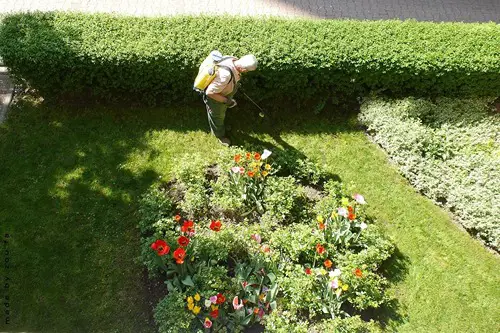
Some lawn perfectionists have started trimming lawn edges by hand with actual garden scissors or precision trimmers. It creates a crisp, magazine-ready look that’s admittedly impressive. But it’s incredibly time-intensive, especially around walkways, flower beds, and fences. Doing your whole yard this way can take hours.
Retired lawn lovers with an eye for detail might treat this like bonsai for the yard. It’s relaxing, rewarding, and gives that final touch of polish. But for anyone on a schedule, it’s hard to justify spending half a day on what a string trimmer can do in ten minutes. Prioritize your time—and your knees.
12. Daily Lawn Walkthroughs

Some retirees take a walk around their lawn every single day, checking for pests, fungus, and new growth. It’s an excellent way to stay ahead of problems and connect with your outdoor space. But this habit also takes time, attention, and the ability to react quickly if something goes wrong. And it’s easy to go overboard with unnecessary treatments.
This trend suits people who genuinely enjoy being in the yard every day and don’t mind taking notes or pulling a weed or two as they go. But if your evenings are more about dinner and decompressing, it’s hard to fit in a lawn inspection too. A weekly check-in will catch most issues. Save the daily rounds for retirement or Sunday mornings.
13. Custom Fertilizer Blending
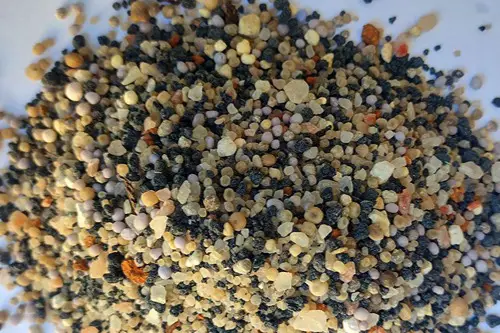
Some lawn care devotees are mixing their own fertilizer blends, adjusting nitrogen, phosphorus, and potassium ratios based on detailed soil analysis. This can produce fantastic results if you know what you’re doing. But it also involves a fair bit of chemistry, math, and risk if the mix is off. You could easily burn your lawn or waste money on the wrong mix.
Retirees with the time to read soil test reports like they’re lab results may find this rewarding. But if you’re just trying to keep the grass green and the HOA quiet, there are easier options. Store-bought slow-release blends work just fine. Unless you’re doing this for fun, don’t reinvent the lawncare wheel.
14. Seasonal Topdressing
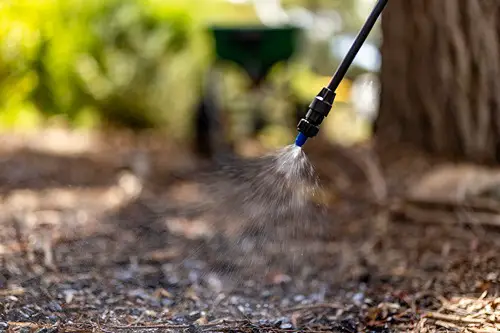
Topdressing involves spreading a thin layer of compost or sand over your lawn to improve soil quality and smooth the surface. It’s a labor-intensive process that requires hauling, raking, and sometimes renting equipment. Done right, it improves drainage and soil structure—but results take months to show. It’s not a fast fix, and you have to really care to see it through.
Retirees with strong backs (or grandkids they can bribe) might find this satisfying and worth the effort. But it’s one of those chores that’s easy to start and hard to finish. Most working folks are better off aerating and fertilizing. Topdressing is for when you’ve got the hours—and the patience.
This post 14 Lawn Care Trends That Only Work If You’re Retired was first published on Greenhouse Black.
